Mass murder of innocent Catholic women, children and elderly?
Is that a "mote"?
Well, I doubt he/she can really mean that. It was too awful for that.
Here is what one American writer forcefully and dramatically says of the day the bomb fell on Nagasaki:
It had been only 3 days since the first bomb had decimated Hiroshima on 6 August with chaos and confusion in Tokyo, where the fascist military government and the Emperor had been searching for months for a way to an honourable end of the war which had exhausted the Japanese to virtually moribund status. (The only obstacle to surrender had been the Truman administration’s insistence on unconditional surrender, which meant that the Emperor Hirohito, whom the Japanese regarded as a deity, would be removed from his figurehead position in Japan – an intolerable demand for the Japanese.)
The Russian army was advancing across Manchuria with the stated aim of entering the war against Japan on 8 August, so there was an extra incentive to end the war quickly: the US military command did not want to divide any spoils or share power after Japan sued for peace.
The US bomber command had spared Hiroshima, Nagasaki and Kokura from the conventional bombing that had burned to the ground 60+ other major Japanese cities during the first half of 1945. One of the reasons for targeting relatively undamaged cities with these new weapons of mass destruction was scientific: to see what would happen to intact buildings – and their living inhabitants – when atomic weapons were exploded overhead.
Early in the morning of August 9, 1945, a B-29 Superfortress called Bock’s Car, took off from Tinian Island, with the prayers and blessings of its Lutheran and Catholic chaplains, and headed for Kokura, the primary target. (Its bomb was code-named “Fat Man,” after Winston Churchill.)
The only field test of a nuclear weapon, blasphemously named “Trinity,” had occurred just three weeks earlier, on 16 July 1945 at Alamogordo, New Mexico. The molten lava-rock that resulted, still found at the site today, is called trinitite.
With instructions to drop the bomb only on visual sighting, Bock’s Car arrived at Kokura, which was clouded over. So after circling three times, looking for a break in the clouds, and using up a tremendous amount of valuable fuel in the process, it headed for its secondary target, Nagasaki.
Nagasaki is famous in the history of Japanese Christianity. Not only was it the site of the largest Christian church in the Orient, St. Mary’s Cathedral, but it also had the largest concentration of baptised Christians in all of Japan. It was the city where the legendary Jesuit missionary, Francis Xavier, established a mission church in 1549, a Christian community which survived and prospered for several generations.
However, soon after Xavier’s planting of Christianity in Japan, Portuguese and Spanish commercial interests began to be accurately perceived by the Japanese rulers as exploitive, and therefore the religion of the Europeans (Christianity) and their new Japanese converts became the target of brutal persecutions.
Within 60 years of the start of Xavier’s mission church, it was a capital crime to be a Christian. The Japanese Christians who refused to recant of their beliefs suffered ostracism, torture and even crucifixions similar to the Roman persecutions in the first three centuries of Christianity. After the reign of terror was over, it appeared to all observers that Japanese Christianity had been stamped out.
However, 250 years later, in the 1850s, after the coercive gunboat diplomacy of Commodore Perry forced open an offshore island for American trade purposes, it was discovered that there were thousands of baptised Christians in Nagasaki, living their faith in a catacomb existence, completely unknown to the government – which immediately started another purge. But because of international pressure, the persecutions were soon stopped, and Nagasaki Christianity came up from the underground. And by 1917, with no help from the government, the Japanese Christian community built the massive St. Mary’s Cathedral, in the Urakami River district of Nagasaki.
Now it turned out, in the mystery of good and evil, that St. Mary’s Cathedral was one of the landmarks that the Bock’s Car bombardier had been briefed on, and looking through his bomb site over Nagasaki that day, he identified the cathedral and ordered the drop.
At 11:02 am, Nagasaki Christianity was boiled, evaporated and carbonized in a scorching, radioactive fireball. The persecuted, vibrant, faithful, surviving centre of Japanese Christianity had become ground zero.
And what the Japanese Imperial government could not do in over 200 years of persecution, American Christians did in 9 seconds. The entire worshipping community of Nagasaki was wiped out."
[From The Bombing of Nagasaki August 9, 1945: The Untold Story by Gary G. Kohls]
Horrible and horrifying. What real man or woman can excuse it? It is just too disgusting.
And yet it happened!
However, God was able to draw good out of evil as He often does. Here is a wonderful story by way of example.
It all began only hours after the atom bomb mushroomed over Nagasaki in the summer of 1945. Dr. Takenaka was working as a surgeon in a military hospital just outside the city of Nagasaki. Almost half of the medical personnel in the city died in the first seconds of the blast.
Nagasaki is shaped something like a salad bowl with mountains on three sides. The open side makes Nagasaki one of Japan’s great seaports. When the atomic bomb exploded over Nagasaki, fire and radiation splashed up the sides of this salad bowl-like city. It is estimated that about 60,000 people died in the blast.
The American bomber, nicknamed Bock’s Car, had the city of Kokura, not Nagasaki, as its primary target. However, the clouds were so thick over the primary target, that the bombardier could not pick up his aiming point. As fuel was running low, the pilot had to go to Nagasaki, which was his secondary target.
Although there were clouds over Nagasaki, too, the oval stadium, near two Mitsubishi war-goods plants, was visible. The bomb, called the Fat Man, was released by parachute to explode at an altitude of 1600 feet. This was a plutonium bomb, even more devastating than Hiroshima’s uranium bomb. Because the bomb was dropped off target and the wind took it even more off course, Madame Butterfly’s house was saved, but “ground zero”, the epicentre of the blast, was right over the Catholic Cathedral of the Assumption in the Urakami district of Nagasaki.
The only things found in the ashes of the 2000-seat Cathedral were the charred buttons from the cassocks of the Japanese priests hearing confessions during the High Mass going on at the time. Not deliberately, of course, but Christian America had just destroyed the largest Christian church in the Orient, and snuffed out about 75 percent of the Christians who lived in and around Nagasaki.
Dr. Takenaka went on to describe the scene shortly after the A-bomb exploded. He said, “Being only a few miles away, we knew something dreadful had happened to the city. But when we arrived on the scene itself, I couldn’t believe my eyes. Blazing rubble, littered with bodies burned beyond recognition; incredible heat, and the stench of scorched flesh made us nauseous. Horribly burned people, screaming hysterically, twisted and squirmed uncontrollably in pain, terror and panic -- pleading pitifully for help. Many of the irradiated victims were faceless, with only indentations where eyes, nose and ears had once been, their skin hanging in folds from their arms and legs. Among the ashes were both the living and the dead. Even though we were experienced medical personnel, the scale of devastation shocked us, to the point that we were temporarily immobilized”.
This man with bushy eyebrows and greying temples continued, “I thought to myself, if there’s a hell, this is what it must be like. Many of the survivors were burned so badly that even under the best circumstances, nothing could be done to save them. Supplies were short; needs were enormous. Vehicles were stalled in the rubble, so the wounded had to be carried by hand to whatever clearing could be found.”
Dr. Takenaka said that glazed-eyed survivors, screaming in agony, pulled frantically at his white coat, begging him to do something for them.
“I did what I could,” he said dejectedly.
Because everything had been levelled, there were no shelters where the victims could be taken to protect them from the 100-degree heat of the scorching August sun. Many simply expired in the ashes of their own homes and places of business.
In a voice filled with sadness, Dr. Takenaka went on, “The heat from the fires, plus the heat from the very hot sun exhausted us quickly, but we knew we must try to keep going for the sake of the victims. Most of us worked without rest for over 48 hours. Food and water were simply non-existent at that point. Radiation and epidemic loomed as our greatest fears. So many dead, unburied bodies made the danger of plague positively frightening”.
Dr. Takenaka continued: “We were working in the Urakami Cathedral section of the burned-out city. As I made my way slowly through piles of human bodies, I heard what I thought was the sound of singing. I couldn’t believe my ears”.
Dr. Takenaka’s tone softened and quickened. “Frankly, because I was on the verge of exhaustion, I wondered if I was beginning to hallucinate, the horrors of this hell being too much for a human being to bear. Suddenly, I saw them, 20 or 30 people, some critically burned, sitting in a kind of circle singing and apparently praying. They had beads in their hands which reminded me of the Buddhist jus beads. On a closer look, as I made my way over to this little group, I discovered the beads had crosses on one end. They seemed like a tiny island of composure and serenity in what I would forever remember as a nightmarish sea of horror, destruction and panic.”
'Who are you?', I asked, still not sure that I wasn’t going out of my mind.
The noise of screaming and crying around us was so loud, I could hardly hear their reply.
'Who are you?' I shouted again at the top of my voice.
The reply came back, 'We are Christians, and we are praying to our God.'
Of course, I had heard of Jesus Christ, but this was the first time in my life that I had ever spoken to Christians. For people to have such inner composure at a time like this jolted me way down deep inside with a strange mixture of fear and awe. I said to them, ‘Some of you are badly burned. Let me do what I can for you.’"
As the doctor prepared to give these hapless victims medical attention, he was stunned to hear them say, “Thank you for coming to us, doctor, but God is with us and will take care of us. Please go and help those who need you more. We will be all right.”
This soft-spoken, ingenuous man paused reflectively, his eyes misty, and then went on, “Everyone around me was reaching out desperately, begging me to come and give them medical attention. I just could not believe my ears when this group of Christians calmly asked that I go to the others who needed me more. I honestly never dreamed this kind of selfless concern for others really existed. Although I knew nothing about the teaching of Jesus Christ, I immediately saw the difference between a true Christian and the rest of us. In the presence of indescribable suffering, their faith in God never wavered; and they were more concerned about others than themselves.
“I have no way of knowing, but I suspect that most of that little band of Christians died before the fires went out in their incinerated city.”
Now, with a little smile, Dr. Takenaka observed, “My first contact with Christianity revealed a remarkable quality of heart, and an heroic dimension of inner strength. I said to myself, if there is a God, I hope that God will give me the faith to believe what these Christians believed.”
Fifteen years later, in Tokyo, Dr. Takenaka met the famous Paris Foreign Missionary, Fr. Candau. After a year’s instruction, Dr. Takenaka was baptized a Christian.
For this one Japanese naval doctor, the atom bombing of Nagasaki became the vehicle of his conversion from Buddhism to Christianity. Dr. Takenaka’s story and mine intersected only one time in this world, at a Tokyo Rotary luncheon. But I’ll never forget him or the fact a Rotary Club on the outskirts of Tokyo brought us together in the early 1970s.
As Dr. Takenaka and I parted that day in Tokyo, he left me with these words: “The great Jesus Christ taught that the gift you have received, you should give as a gift. I believe the seeds of my own Christian faith were sown in atom-bombed Nagasaki. My heart tells me that those dying Christians passed on to me the gift of their Christian faith. And now I try my best to share my own faith with others. I believe I am the spiritual child of those Nagasaki Christians. For them, dying was truly gain; and for me staying alive meant becoming Christian -- this was also gain. From those Christians, I learned a very important lesson: I must let God be God in my life.”'
[From Atom-bombed Nagasaki by Rev Fr Stephen Lynch OFM]
From the ashes a fire shall be woken, a light from the shadows shall spring...
...









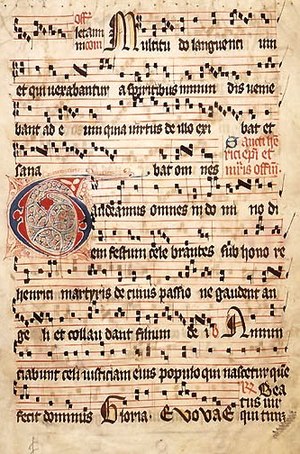

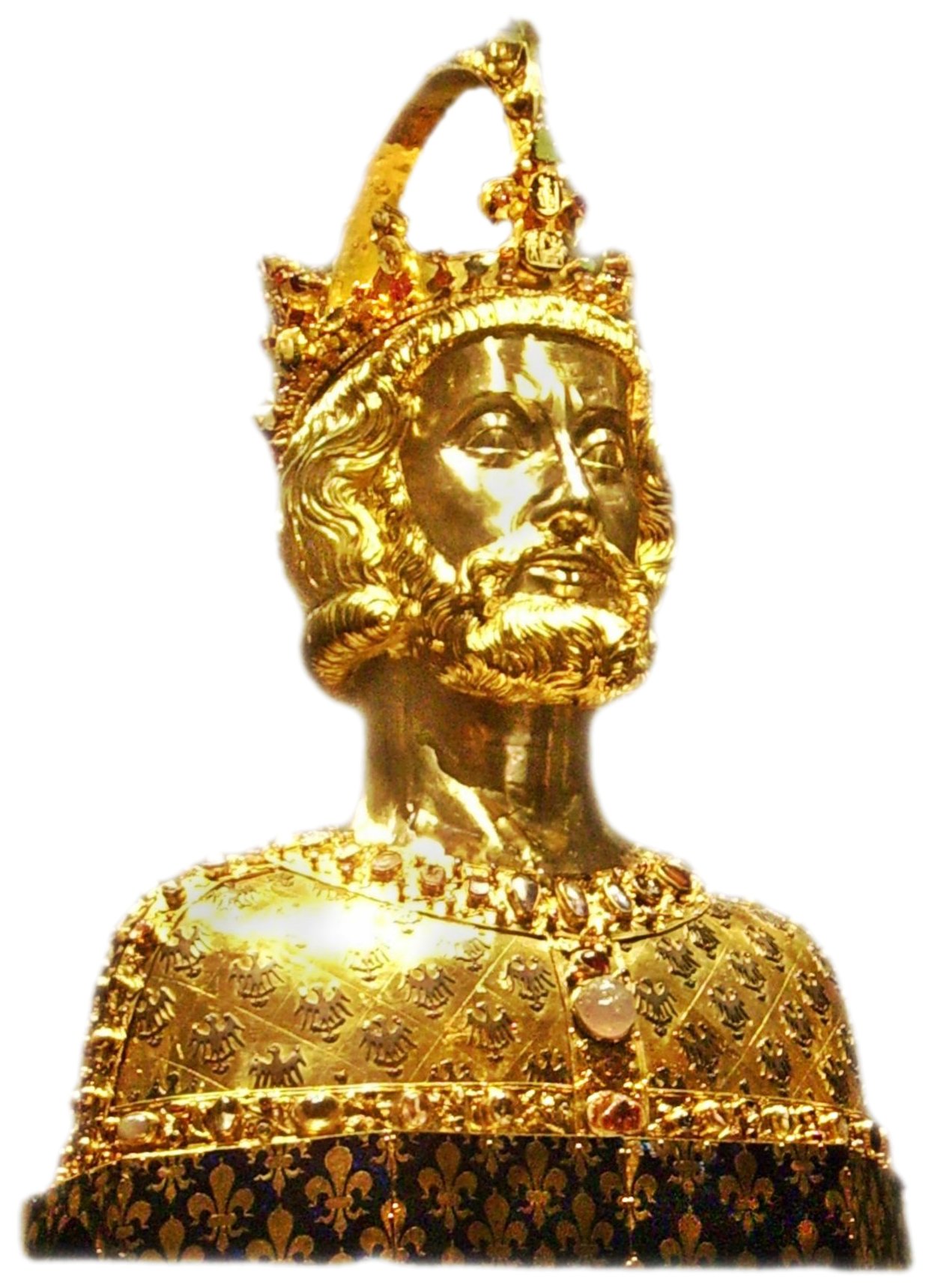



.jpg)


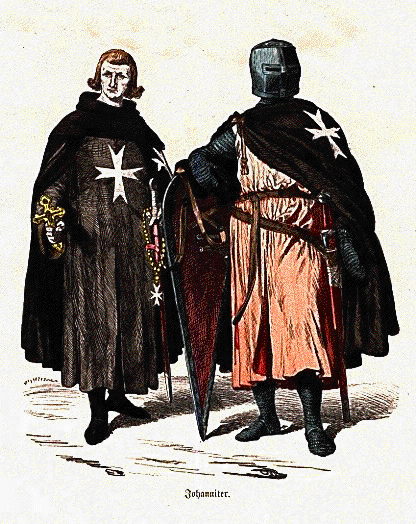

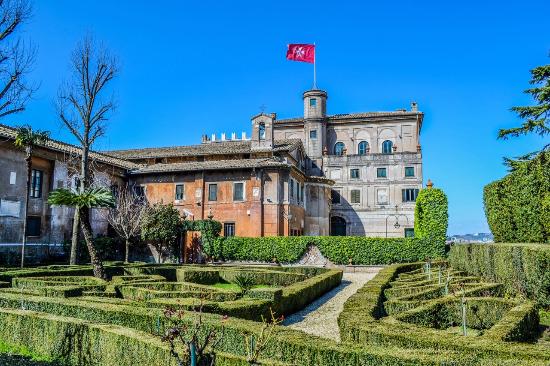


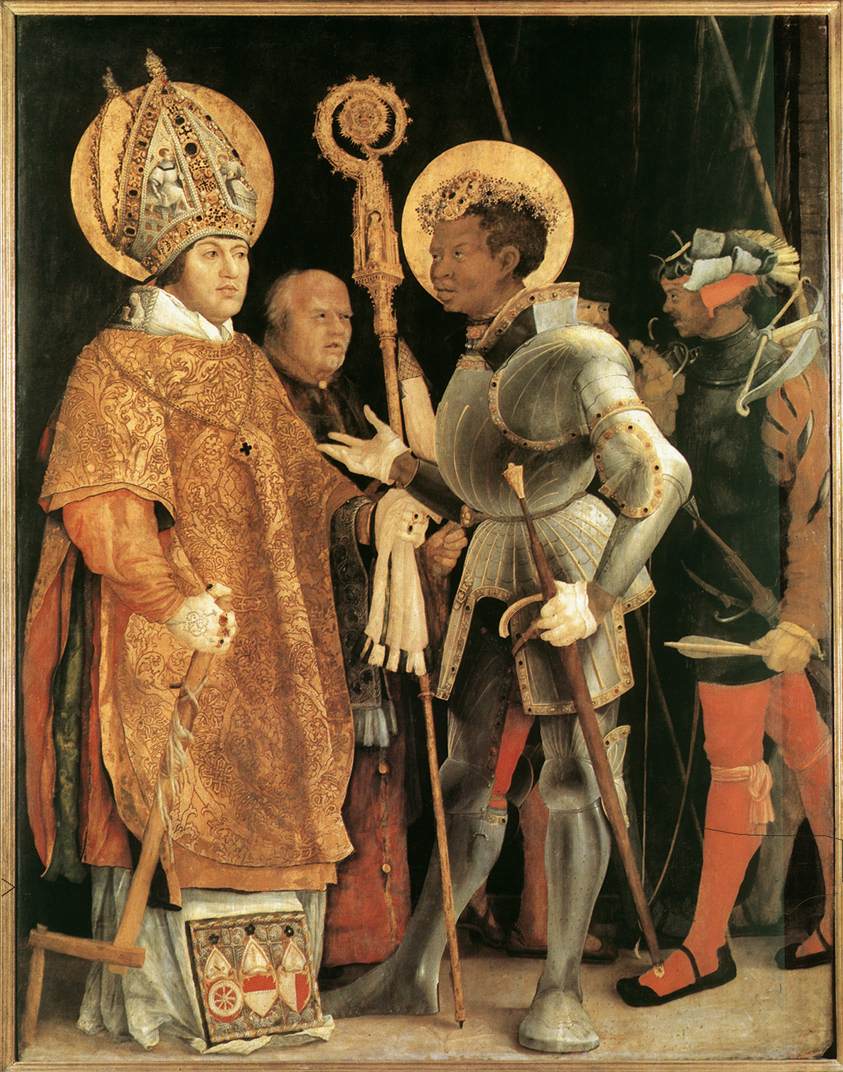
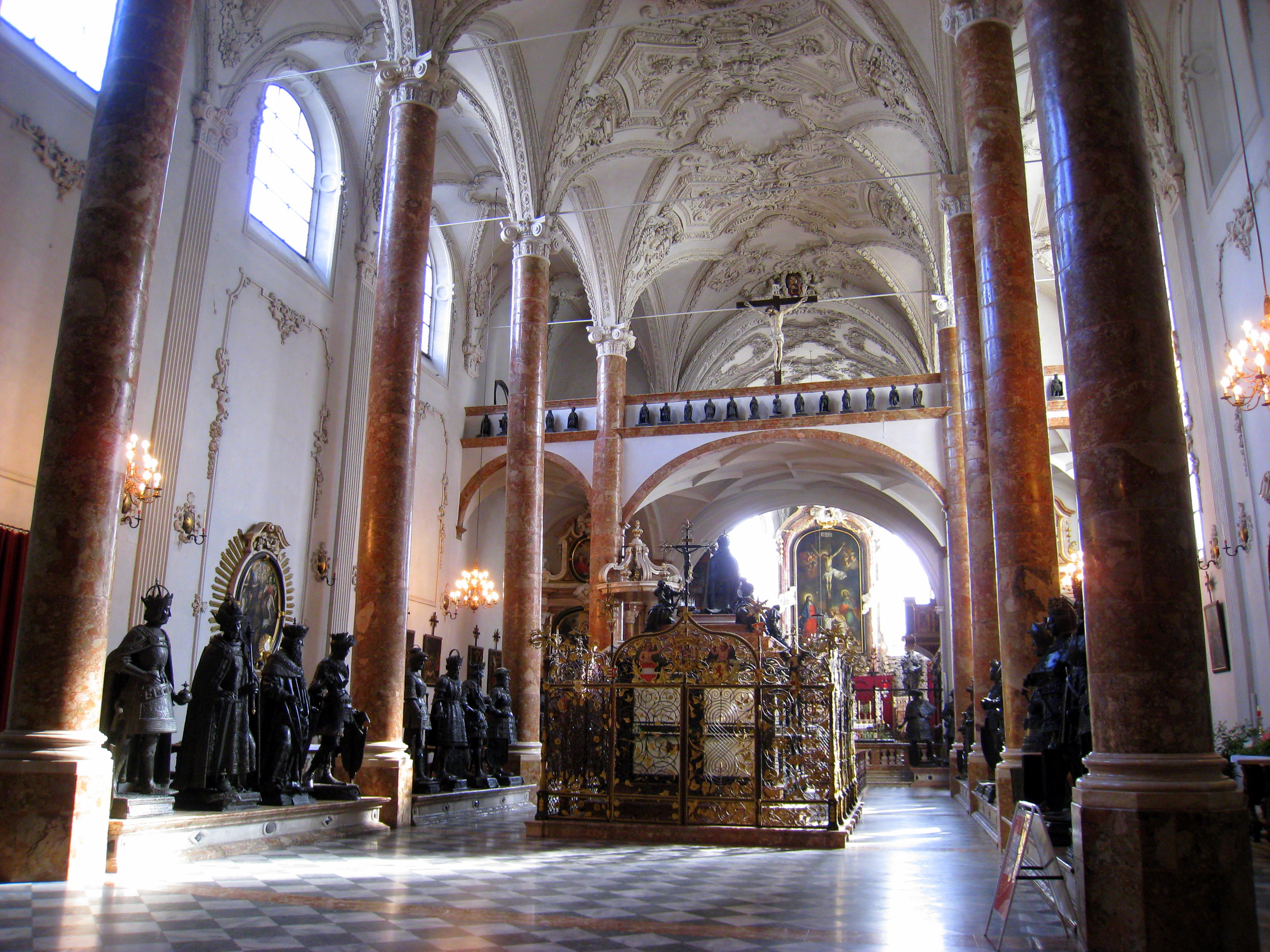


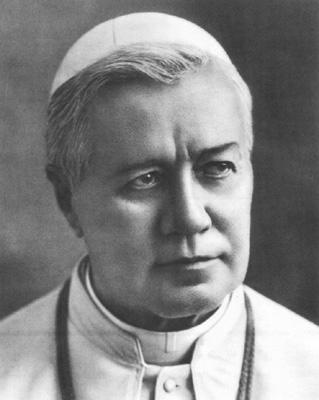






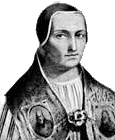







_-002.jpg/220px-Circle_of_Anton_Raphael_Mengs,_Henry_Benedict_Maria_Clement_Stuart,_Cardinal_York_(ca_1750)_-002.jpg)



No comments:
Post a Comment